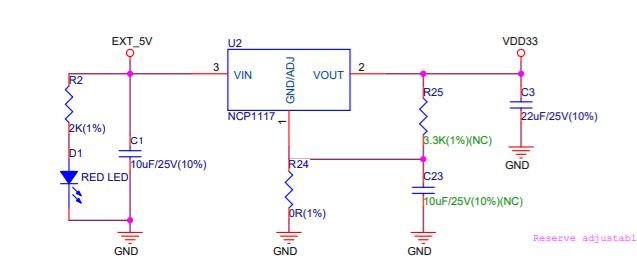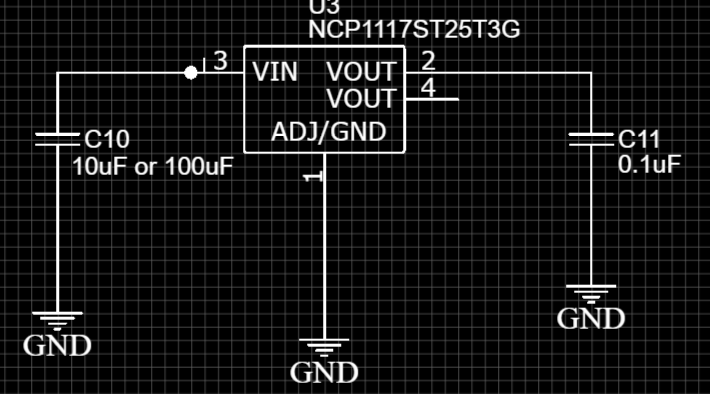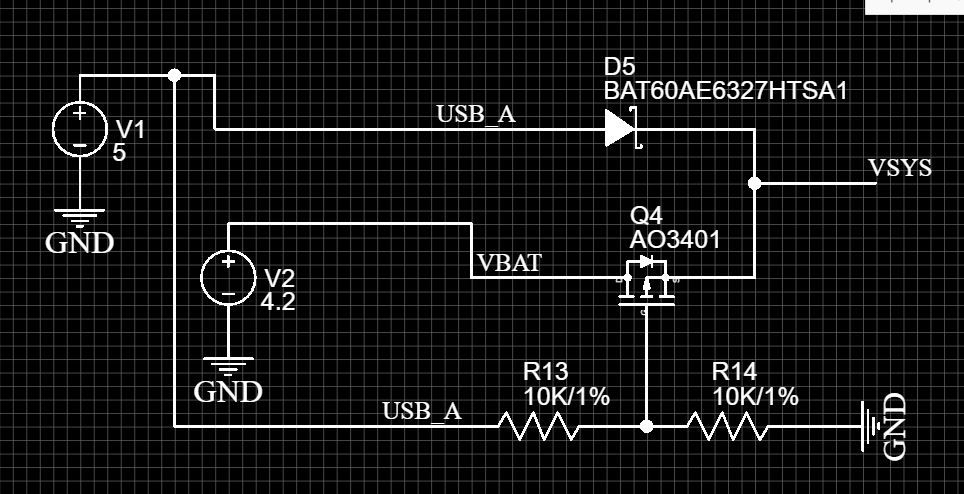Schematic Design For esp32
-
@kowshik1729
i tried the link you gave and i don't have most of the components they used especially the ESP32-S so i tried improvising, i used the arduino and DOIT ESP32 DEVKIT V1, i can't upload to my DOIT board cause the USB port got damaged so i tried connect to arduino the same way they connect to the FDTI in the circuit, i didnt border about the buttons cause it is already on the DOIT board.
After all the connections, when i tried uploading i was not able to connect to the DOIT board i got "
A fatal error occurred: Failed to connect to ESP32: Invalid head of packet (0x0A)"
I tried holding the boot button down also but got the same error. -
@kowshik1729
I'm still on the pcb design, can you check link text and give a feedback(the pcb wring) and also do i have to worry about unest pins and final question do the usb to uart ic consume power when i connect the device to a battery power? still not decided over uart and jtag yet..
Thanks.. -
@ZeeZa For your question over USB-UART power consumption thing, ofcourse the power will be consumed by every IC on your board, but power will be utilized by that board only when you use it. If you are not uploading the code then USB to UART will not consume much power. So, don't you worry about it.! I will get back to you with remaining answers.
-
thanks for the answers @kowshik1729 but before you answer the remaining question i have some few more,

in this schematic 3.3K(1%)(NC) and 10uF/25V(10%)(NC) i assume that they do not need to be connected, Is that correct? -
@ZeeZa In the circuit diagram shown by you, if you closely analyze any voltage regulation circuit, it can be known that we need 2 capacitors for sure in order to make the voltage regulator operate properly. I'll tell u why should we use them,
-
Capacitors are devices that can store charge(You obviously know it right...!!!), So by using this property of capacitors (aka caps) small valued capacitors of order 1-100uF are used for reducing voltage transients. Voltage transients mean, when high amounts of voltage is flodedd to an input, there will be sudden spikes in the flow of current. This will damage the device. So, by putting capacitors at the input and output creates a virtual low-resistance path which makes sloww drop in the voltage(Like an decaying exponential).
-
So, how what values of caps you must place now? At the input you must put higher capacitance value relative to the output side.
For normal uses for LM7805 regulator at
Input - 10uF capacitor
Output - 0.1uF capacitor
Typically these values must be fine.
Coming to the resistor, I guess it is used as current limiting resistor. You can put just 2 capacitors at input and output and rest of the components can be ignored. But, in minimum config schematics they give those capacitors for stable power supply so if you want it you can put those components. Else you can abstain from populating them. If any queries please revert back.!
-
-
Thanks for your kind explanations, but in that circuit it already have an input EXT_5V capacitor C1 which is 10uF and a output of 22uF at c3 before going to power VDD33, my question here is the R25 resistor and R24(what does 0R even mean) and C23 capacitor are they really needed in the circuit? i mean if like you said every ic on a pcb board take little bit of power so why populate it with unnecessary resistors and capacitors. and also how can i simulate this link text circuit, i am still looking for simulation mode on easyeda for the past 2 days... still looking...
Thanks... -
@ZeeZa Regarding the 0R resistor, it means that the value of resistance is ZERO it acts as a virtual short path by providing little rugged path than a normal copper wire. The main use of this 0R resistances is that it gives stable transients at output and input terminals. But it is redundant, meaning you need not necessarily include it in your schematics always. C23 and R25 can also be skipped. So, by consolidating all the above changes the final schematic can be something like this

For simulation part, you don't have to necessarily use only easy EDA, you can use softwares like Proteus or Fritzing like that. -
Thanks for your amazing explanations... but still not done yet
i have this power switching circuit

i have a little doubt about the mosfet in the circuit basically when there is a voltage in the V1(5v) it gets divided before going to the gate then the gate turns on the mosfet that is the USB(V1) power is used by the device, what i dont understand is the VBAT(V2) should be connect to the drain or source of the mosfet, i think it should be the source but there is a diode between the drain and the source which will be forward bias if current is flowing from the drain(I might be wrong), which mean current wont flow from source to the drain.
-
@ZeeZa I'm really really sorry that I couldn't help you with this question alone. Because I'm really not that good regarding the MOSFET's thing but I can answer if you could afford me some time. Sorry about that.
-
That's alright @kowshik1729 i will check other forum and also await your answer. also i am trying to calculate the pcb track width and via diameter for the board, i am asking since we printing similar boards.
Thanks....
